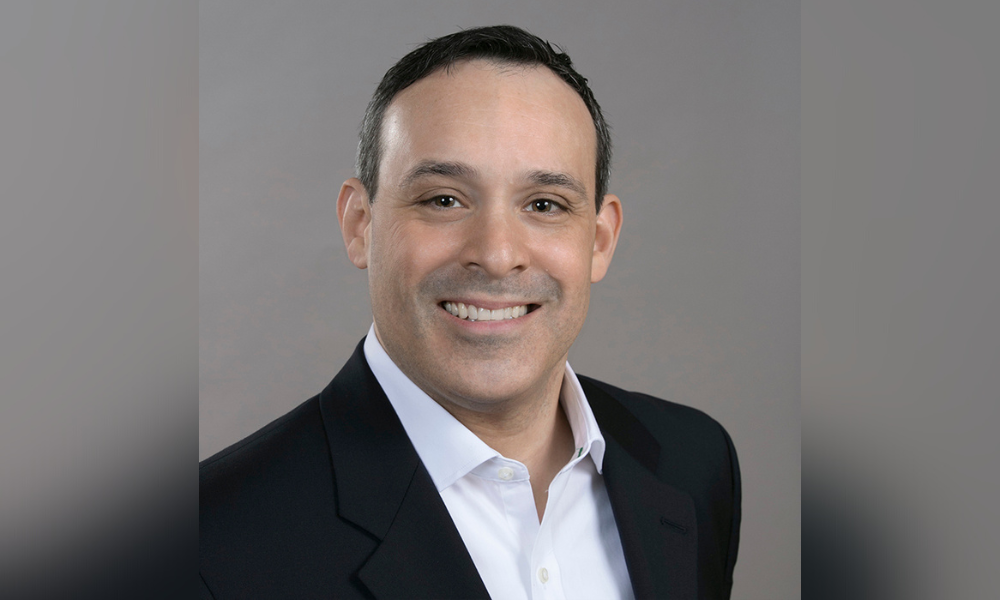Non-mortgage debt "clear value proposition," says executive

With mortgage demand plummeting amid the threat of even bigger interest rate hikes there are still “pockets of opportunity” for brokers and lenders to exploit, according to Joe Mellman (pictured), SVP and mortgage business leader at consumer credit reporting agency, TransUnion.
Mellman said mortgage products such as HELOCs and home equity loans were “growing dramatically” in popularity thanks to record homeowner equity, which according to the Federal Reserve has grown to an estimated $20 trillion over the last decade.
A home equity loan provides a lump sum at a fixed interest rate over a fixed period of time, while a HELOC is effectively a line of credit that the client can normally access over five to 10 years.
“We've seen almost a 50% increase in origination volume for both of those products – they're both leaping forward,” Mellman told Mortgage Professional America (MPA). “These products are attractive options for homeowners because they can use their available home equity to pay off more expensive debt while keeping their existing low interest rate mortgage in place, which can mean saving money on a monthly basis.”
Read more: loanDepot execs talk HELOC product launch
Citing a hypothetical case, he said a homeowner with a $10,000 credit card debt could potentially save around $700 a year by tapping into their home equity to consolidate the debt at a lower interest rate.
With an estimated cumulative total of $600 billion in non-mortgage debt in the US, which includes anything from consumer and auto loans to credit cards, this created “a very clear value proposition” from the perspective of a lender or a broker.
The prospect of a borrower tapping into home equity to pay off a credit card debt is not without controversy, however, and Mellman stressed the need to act with caution.
“If it's done responsibly, it can be a very positive move for consumers. The danger happens when that home equity is used to pay off high interest rate loans. Consumers continue to accumulate additional debt on some of those products and they are over leveraged - that's what consumers need to watch out for.”
According to the Federal Reserve, roughly half of mortgaged homes have an equity position greater than 50% of the property's value. But a recent study by Black Knight has found that new home equity has dwindled considerably this year, and about $1.5 trillion of that has vanished since May, meaning that the average borrower has also lost about $30,000 in equity.
In response to the data, Mellman pointed out that the figures applied only to the owners of new homes. “Homeowners that have been in their homes for multiple years still have a tremendous amount of home equity built up – that's where that nearly $20 trillion figure comes from, and that includes consumers that own their home outright.”
Read more: Mortgage professionals missing out on business, says SVP
But with the threat of a decline in home prices – some experts believe they could fall by as much as 20% next year – Mellman was asked whether there was an underlying risk for homeowners as their equity could erode dramatically in the coming months.
“You have the potential for larger price drops in specific geographies. It's certainly going to be a lot more challenging than last year, but if we talk at a national level, at this point it doesn't look like we're going to have price drops on that order of magnitude across the nation. We are certainly going to have a moderation of pricing.
“And while there are going to be more and more consumers whose home prices go down and whose home equity goes down, on the whole, when you look at all homeowners, there's still a massive amount to tap into.”
Read next: Discover the benefits of an interest only mortgage



